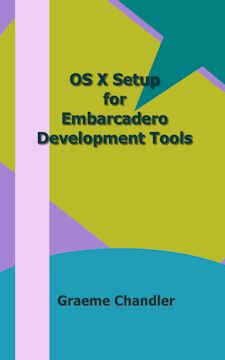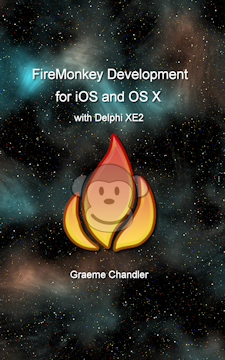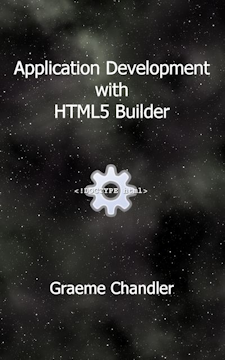|
| |
|
|
|
 shop.coogara.com
shop.coogara.com
|

|
OS X Setup for Embarcadero Development Tools
This book is FREE.
This book consolidates the information provided in my other books concerning:
- Apple sign-up
- Mac and Xcode configuration
- App submission
Download OS X Setup for Embarcadero Development Tools for free from the Coogara shop
|

|
FireMonkey Development for iOS and OS X with Delph™ XE2
This book is divided into four parts:
Part 1 provides an
introduction to FireMonkey and describes what you need to get started. It
introduces you to the resources required from Apple and shows you the steps to
set up your Mac and Windows environments for both OS X and iOS development.
Part 2 looks inside FireMonkey at the nuts and bolts: the
global Application, Screen and Platform objects, component categories and forms.
Along the way we cover the differences in fundamental classes such as TControl
and image and button controls. More than 25 pages are spent looking at styles,
effects and animations before moving on to multilingual support. Another 25
pages is spent examining 3D applications and controls including cameras,
lighting and materials and dealing with models. Finally we look at component
writing, the impact that styles have on how we write components for FireMonkey
and the considerations that need to be given to multi-platform components.
The more than 90 pages in this section apply equally to iOS and OS X.
Part 3 looks at iOS application development and the parts that
Delphi, the Free Pascal Compiler (FPC) and Xcode play. A lot of tips and tricks
are provided as well as insight into some traps for the unwary. Some of the
Objective-C classes are examined with guidance for obtaining more information
about this vast API via the classes installed with FPC. Opening URLs of all
sorts, collection classes, sending mail and UI elements such as the status bar
are covered before we move on to data storage on iOS devices. Data Storage
covers the file system and techniques for writing data locally using a variety
of techniques, as well as the use of DataSnap. We look at how to include and
access resources in the application bundle, play sound and perform background
tasks and capture pictures with the camera. After seeing how to provision an iOS
device in the online Provisioning Portal you are guided through the submission
of an application to the App Store. Making money is then up to you!
Part 4 provides a broad overview of OS X development. With so
many FireMonkey elements covered in earlier sections, and with so much in common
with Windows desktop development, this section covers the essentials such as the
file system, Delphi's OS X libraries and the project Deployment Manager.
Appendix A gives an overview of many of the FireMonkey
components. Components that are basically a FireMonkey equivalent of existing
Delphi components are not covered. It is expected that you are familiar with
them.
The book is available in PDF and MOBI format (Kindle compatible).
Download a
content preview
Content is subject to change without notice. |
|
|
|

|
Application Development with HTML5 Builder
Dive into HTML5 Builder development and learn all about the different
application types and how to use jQuery Mobile.
Part 1, Overview and Setup, provides an introduction to HTML5
Builder and describes what you need to get started. It introduces you to the
resources required from Apple, Android and BlackBerry and takes you through the
steps to set up your Mac and Windows environments for iOS development and
Android development.
Part 2, Working with HTML5 Builder, introduces the HTML5
Builder IDE and explains the main project types for client, mobile and server
web applications. IDE-based and browser-based debugging are examined, as well as
remote debugging for applications on mobile devices. Topics such as templates,
master pages, code insertion, local storage, SQLite, Web SQL, DataSnap, database
access, data modules, page layout, animations, transformations, the canvas and
drag and drop are all covered.
Part 3, Mobile Development with jQuery Mobile, looks at how
jQuery Mobile plays a part in mobile development with HTML5 Builder. You will
learn how to incorporate controls into web pages that are not included HTML5
Builder's tool palette. Topics include page linking and transitions, headers and
footers, theming and mobile hardware features.
Appendix A, Apple App Store Submission, provides a guide to
registering with Apple iTunes Connect for submission of applications to the
Apple store.
Appendix B, Google Play Store Submission, provides a guide to
registering with Google Play for submission of applications to the Google Play
store.
Download a
content preview
Content is subject to change without notice. |
|
|
 |
|  |
|